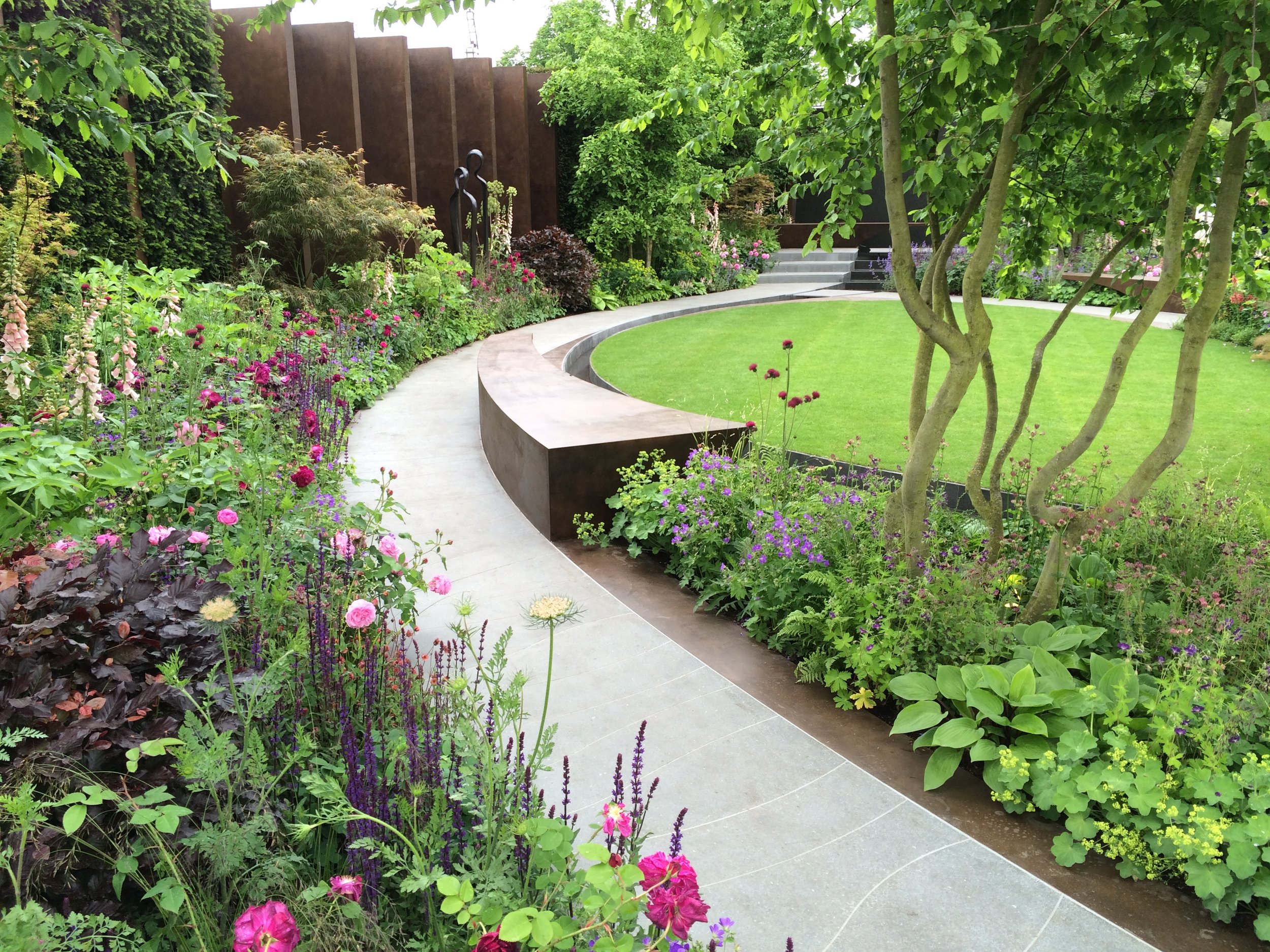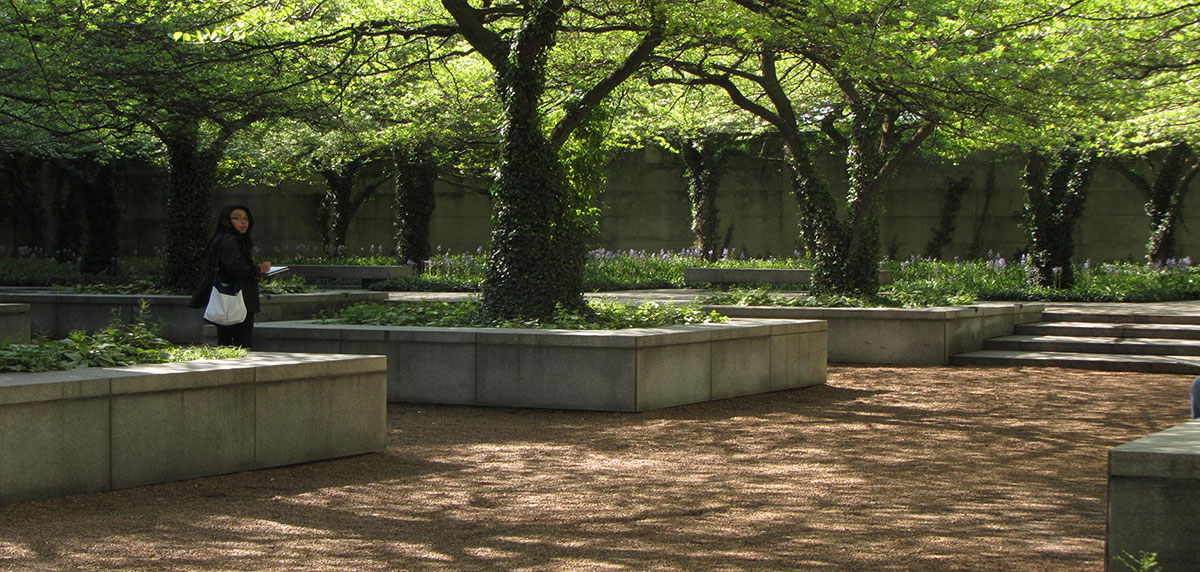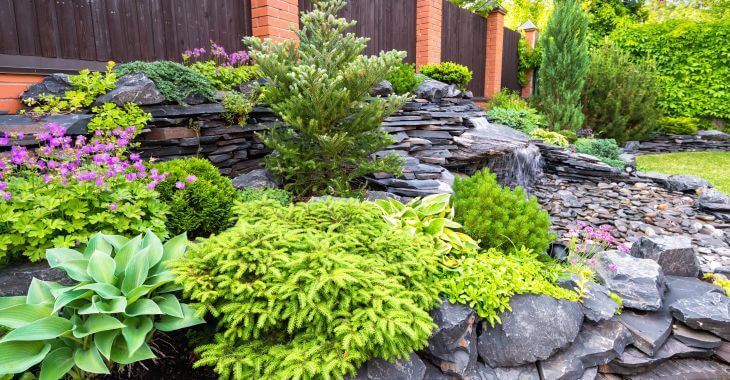The 6-Minute Rule for Landscapers
The 6-Minute Rule for Landscapers
Blog Article
Landscapers Can Be Fun For Everyone
Table of ContentsIndicators on Landscapers You Need To KnowOur Landscapers StatementsSee This Report about LandscapersThe smart Trick of Landscapers That Nobody is DiscussingExamine This Report on LandscapersLandscapers - An Overview
- A yard attribute where water is represented by an aggregate rock item, usually a gravel or granite.- A stone or flagstone outdoor patio, course, or sidewalk constructed without a concrete base.- A stone retaining or free standing wall surface developed without the usage of mortar. - An underground structure that accumulate water and enables it to slow down percolate into the dirt around it.
Landscape style that works with a sites' setting in both appearance and sustainability without adverse influences to the atmosphere. Interrupting the landscape is a line of separation that develops aesthetic rate of interest in the yard by separating one section from one more sector. This can be visual or functional, keeping one component (such as pea crushed rock) from getting mixed into another (like bark dust).
Locations can likewise have a sensation of "unit" offered by trees, various other plantings, fencings, or screens. The landscape near the access to a building. A tree, hedge or vine, educated to expand on a wall or fence right into a particular pattern. Specifically helpful for fruit trees, making it easy to collect the fruit and containing mess.
The 15-Second Trick For Landscapers

The component in a landscape style or area in a landscape that is indicated to be most noticeable. The focal factor can be a plant, stone, statuary, gathering room, or various other landscape function. A style of gardens or garden components that worry straight lines, best angles and circles. Shrubs or hedges located in beds near the foundation of a home or various other framework.

The Buzz on Landscapers
Reduced plants that are enabled or motivated to spread out over a location. Can refer to any "hard" yard elements including statuary or rocks but most generally is utilized to refer to paths, outdoor patios, and walls - Landscapers.: Elevation distinction in between the level of water in a pond (or the degree of the pump if it sits outside the fish pond) and the upper electrical outlet of water which impacts efficiency of the water pump in gph (gallons per hour).
Fence boards that run flat, usually utilized in modern-day or Japanese-inspired landscape designs. web link Proper usage of fictional lines can help the landscape really feel attached to the home and other aspects.
Standard PNW landscapes are casual. A plant that spreads out more than preferred, or right into habitats where it does damage.
Getting The Landscapers To Work
Can include head placements and coverage, pipe sizing, GPM specifications, and products needed to mount this system. Licensed professional that creates landscapes, educated in design and design as well as in horticulture.
Landscape developers generally have much less education than Landscape Architects and are not certified. A completed landscape layout, describing all elements for the new landscape.
Calcium product used click over here to elevate the pH in soil, which will make it much less hospitable to moss (Landscapers). A water tight HDPE product made use of beneath ponds, streams and waterfalls in water features. Making use of numerous plantings of the very same variety to fill up in an area in the landscape. This can reduce upkeep and water usage in the garden.
A layer of compost or bark dust applied at the base of a plant. A plant that was existing in a geographical area prior to people started transforming the landscape.
Landscapers Fundamentals Explained
Exactly how the have a peek at this website garden or a garden aspect is set up in connection to an existing or new attribute or to a direction. Preserving a lawn without making use of chemical herbicides, chemicals, or fertilizers. Lawns that are not mowed however grown in landscapes as perennials. This is a partly open sided leisure or recreation area that joins a residence, utilized for entertaining, outdoor eating and simply enjoying the outside environment.

Plants that provide seasonal passion and then pass away back in the winter. Cold season yard that is the most typical lawn grass in Portland, OR and the rest of the PNW.An open roofed structure over an outdoor patio or various other landscape feature.
The most typical landscape crushed rock in the PNW. Location of the landscape developed to manage rainfall water till it can soak right into the ground.
Framework constructed from wood, concrete, paving stones, bricks or various other materials for maintaining slopes and avoiding extreme erosion. Narrow watercourse. Creating a garden feature being composed primarily of stones with plantings that complement and can grow in the rocky environment. Sprinkler head style that rotates a stream of water across a location.
A Biased View of Landscapers

Report this page